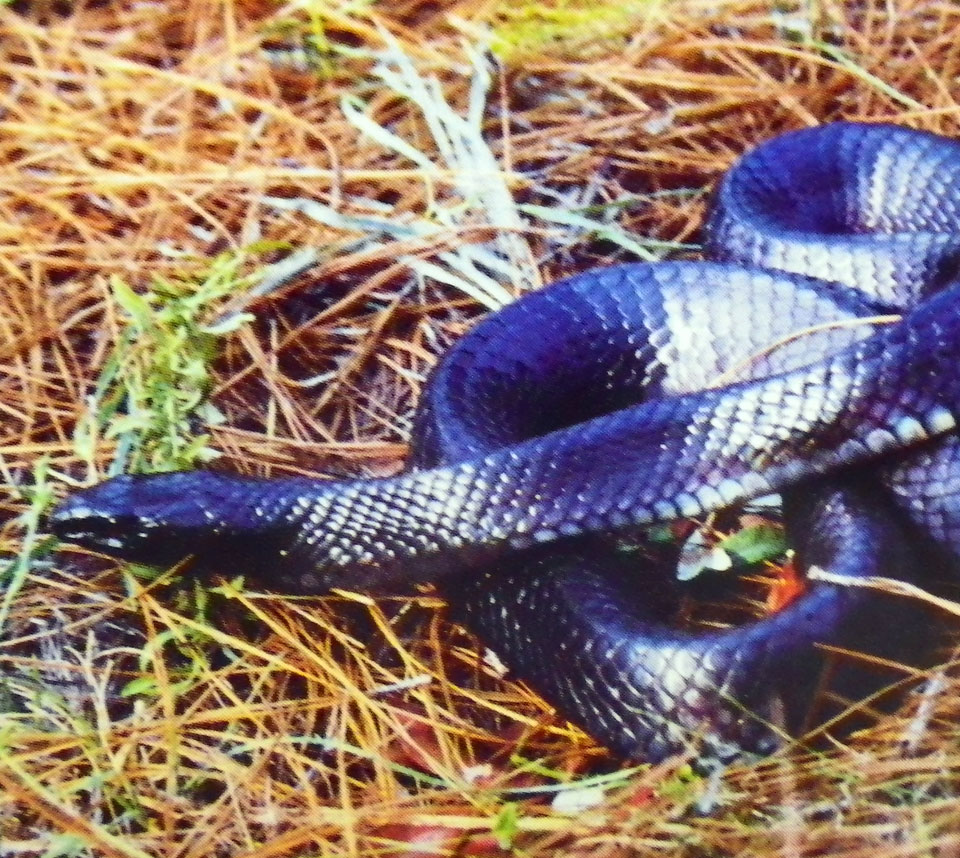

Milk Snakes belong to a huge group, Colubridae, with a dizzying diversity of shapes and lifestyles. Lampropeltis means "shiny shield." Meet the Family The glossy, smooth scales on this snake inspired part of its scientific name.
Blue milksnake full#
The misunderstanding may have arisen because mice are among milk snakes' favorite food-and dairy barns can be full of mice.

People used to think these snakes sucked milk from cows' udders-which is where they got their name. If the band pattern on the model species varies from place to place, the mimic varies, too. The venomous snake copied by the Milk Snake on display-its "model"-is this Coral Snake, Micrurus laticollaris. The strategy, which scientists call Batesian mimicry, after a famous naturalist, is widespread in nature. The Milk Snake may avoid being eaten by looking "bad," even though it isn't.

The differences in band pattern can be slight, and a mistake could be fatal. ColorationĬan you tell the harmless Milk Snake from its highly venomous neighbor, the Coral Snake? Don't count on it. but deadly? Not! This harmless snake stays safe by wearing colored bands, imitating its venomous neighbor, the Coral Snake. A constricting snake quickly stops the heart of its prey, and breathing fails soon afterwards.Beautiful. Recent research has shown that technically pythons kill their prey by preventing blood circulation, not breathing. Pythons asphyxiate their prey by squeezing them So the mechanism is not dislocation, just great flexibility. A highly flexible ligament joins the bones of the lower jaw, which stretch to allow enormous expansion of the mouth. Snakes dislocate their jaws whilst feeding However, the vast majority of bites to humans in Australia occur because someone decided not to leave a snake alone. Snake behaviour can also become more erratic in spring during the breeding season, and females become more defensive if eggs or young are nearby. If a snake feels cornered, it will often stand and defend itself as a last resort. However, snakes in general have poor eyesight and don’t always pick the best route out of trouble. When you encounter a snake it is usually caught off guard (as you are), but the vast majority of encounters are avoided by a snake vanishing as soon as it hears you coming.Ī surprised snake will pick the nearest escape route and aim to disappear as quickly as possible, particularly when faced with a potential predator 50 times its own size. Snakes have a number of predators, of which humans well and truly qualify. Humans are larger, generally faster and stronger than Australian snakes. Poisons must be ingested, inhaled or absorbed through the skin, whilst venom must be injected into the bloodstream. Australia has the highest proportion of venomous native snakes of any country in the world (100 out of the 140 species of land snakes), although only a handful can give a fatal bite to humans. But not all of them are venomous by any means. Technically snakes are venomous, not poisonous.
Blue milksnake skin#
In fact, snake skin is dry and, depending on the surrounding temperature, can be quite warm and soft. Murray Darling Carpet Python found during the Murray Explored Bioscan, Gannawarra Shire, Victoria.Īnd now a few common misconceptions.


 0 kommentar(er)
0 kommentar(er)
